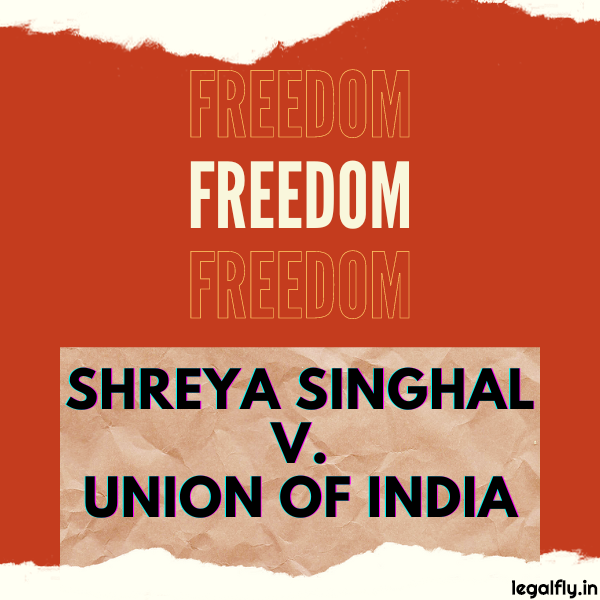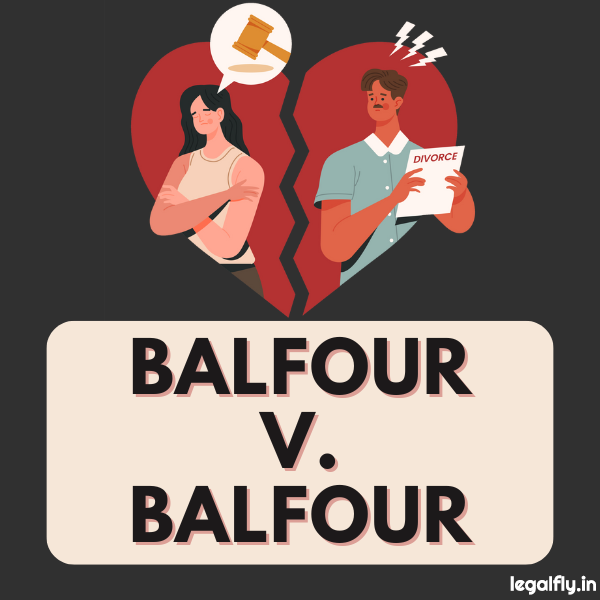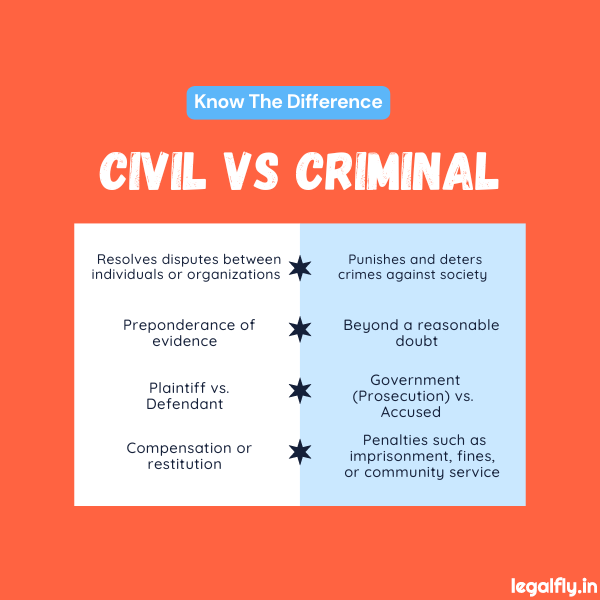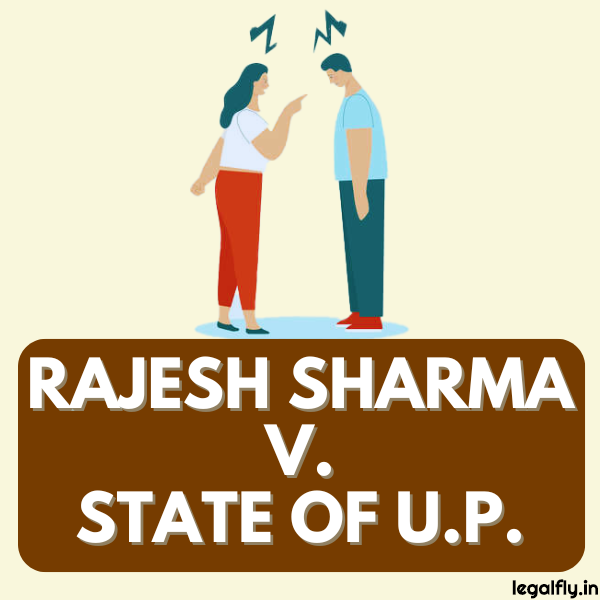Table of Contents
Case Name: Shreya Singhal v. Union of India
Court: Supreme Court of India
Year: 2015
Citation: AIR 2015 SC 1523
Introduction
The landmark case of Shreya Singhal v. Union of India significantly impacted the landscape of freedom of speech and expression in India. At the heart of the debate was Section 66A of the Information Technology Act, which many argued was too broad and infringed upon the basic right to free speech. This case has become pivotal in understanding the constitutional boundaries of freedom within the digital space.
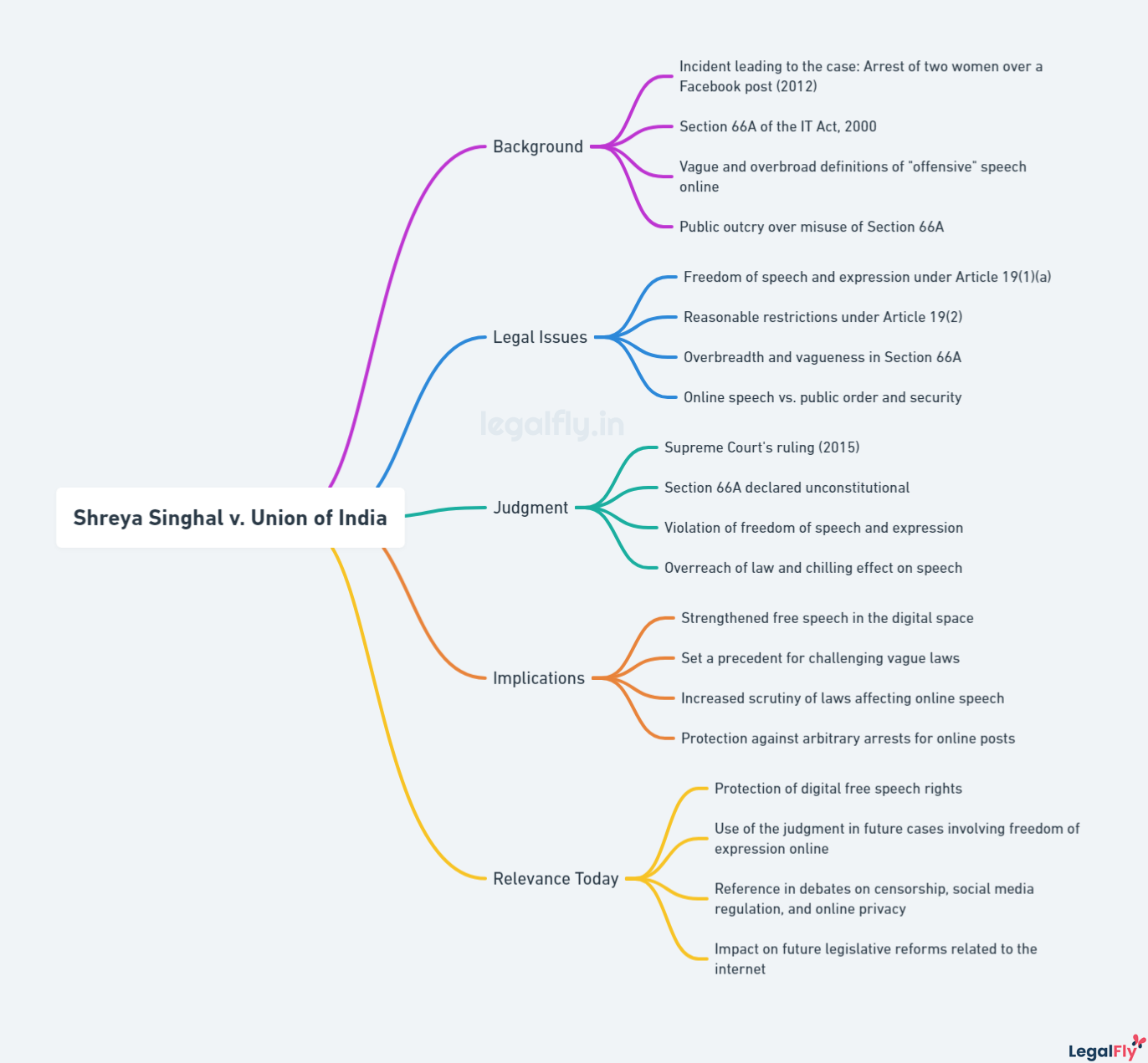
The Supreme Court’s decision in this matter resonated with the principles laid down in previous judgments, like in Sakal Papers (P) Ltd. & Ors. v. Union of India, emphasising the paramount importance of free speech in a democratic society. Shreya Singhal challenged the state’s power to curtail this freedom, particularly regarding online expression, marking a significant precedent in Indian judicial history.
Freedom of speech and expression was robustly defended by invalidating Section 66A as unconstitutional. This ruling not only reaffirmed individual rights but also shaped the broader context of national and international law regarding digital freedoms. Readers interested in legal precedents and digital rights will find this case both instructive and essential.
Key Takeaways
- Section 66A of the IT Act was invalidated for being unconstitutional.
- The case reinforced the supreme importance of free speech in a democracy.
- Shreya Singhal v. Union of India set a significant precedent for online freedom of expression.
The Genesis of Shreya Singhal v. Union of India
Shreya Singhal v. Union of India revolves around the constitutionality of Section 66A of the Information Technology Act, 2000, and the arrests that ignited public debate. The case scrutinised how this section curtailed freedom of speech on digital platforms like Facebook.
Section 66A of the Information Technology Act, 2000
Section 66A of the Information Technology Act of 2000 penalised online communication deemed “grossly offensive” or menacing. This section included vague terms like “annoyance” and “inconvenience”, allowing authorities to interpret it loosely.

The section provided a framework for arresting individuals for sending messages that caused “annoyance or inconvenience” via electronic communication. However, the lack of clear guidelines led to arbitrary arrests, which triggered significant concern.
The section granted extensive powers to law enforcement agencies, creating a chilling effect on online speech. Many argued it violated Article 19(1)(a) of the Indian Constitution, which guarantees freedom of speech and expression. More critically, it was criticised for being overly broad and vague, leading to misuse by authorities.
The Arrests That Sparked the Debate
Two arrests in November 2012 sparked significant debate. The first involved two young women in Mumbai, Shaheen Dhada and Rinu Srinivasan, who were arrested for a Facebook post criticising the shutdown of Mumbai following Shiv Sena leader Bal Thackeray’sThackeray’s death. Their comments led to their arrest by the Mumbai Police, claiming the post caused ” annoyance.”
The situation highlighted the misuse of Section 66A, as the women were not inciting violence or harm but merely expressing their views. This incident drew widespread criticism and led Shreya Singhal, a law student, to file a Public Interest Litigation (PIL) challenging the constitutionality of Section 66A.
These arrests revealed the potential for misuse of the law, sparking public outcry and legal challenges, ultimately leading to the Supreme Court’s landmark judgment in Shreya Singhal v. Union of India.
Constitutional Provisions and Challenges
The landmark case of Shreya Singhal v. Union of India focuses on the interpretation and application of freedom of speech and its boundaries under the Indian Constitution. Key constitutional provisions and their challenges are discussed, particularly Article 19(1)(a) and Article 19(2).
Freedom of Speech and Expression under Article 19(1)(a)
Article 19(1)(a) of the Indian Constitution guarantees the right to freedom of speech and expression. This article is a cornerstone of democracy, allowing citizens to freely express their thoughts and opinions. It includes the freedom to communicate ideas and information without interference.
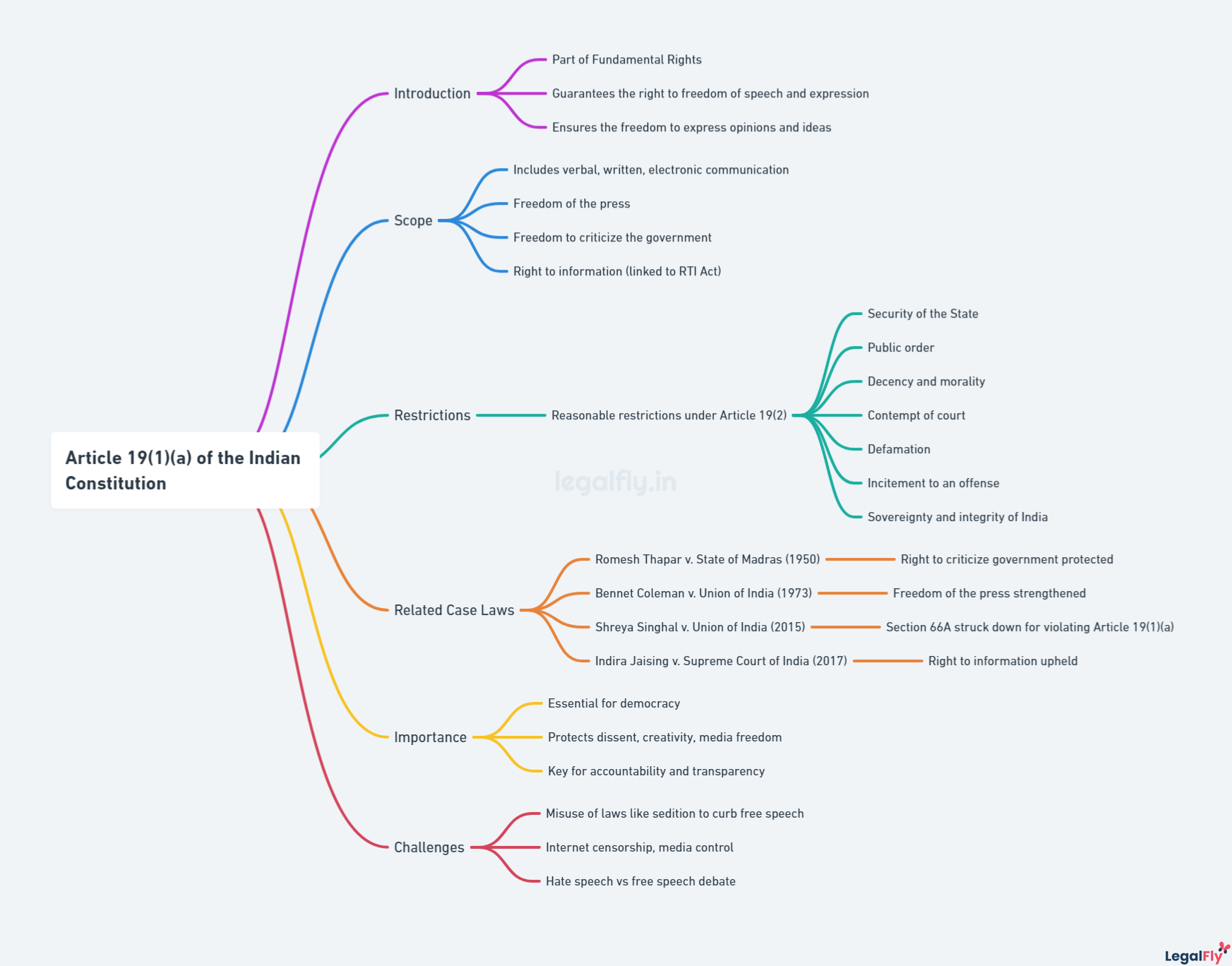
Shreya Singhal v. Union of India questioned the constitutionality of Section 66A of the Information Technology Act, 2000. The Supreme Court held that Section 66A violated Article 19(1)(a) because it was vague and overly broad. It led to arbitrary arrests for expressing opinions online, thereby chilling free speech.
The Court’s ruling underscored the importance of clear and precise laws to uphold freedom of expression. This landmark judgment emphasised that any law restricting speech must be scrutinised to ensure it does not infringe on constitutional rights.
Reasonable Restrictions and Article 19(2)
While Article 19(1)(a) provides freedom of speech, Article 19(2) permits reasonable restrictions on this freedom. These restrictions aim to balance individual freedoms with the interests of society. Article 19(2) lists specific grounds for imposing restrictions, including public order, decency, morality, defamation, and national security.
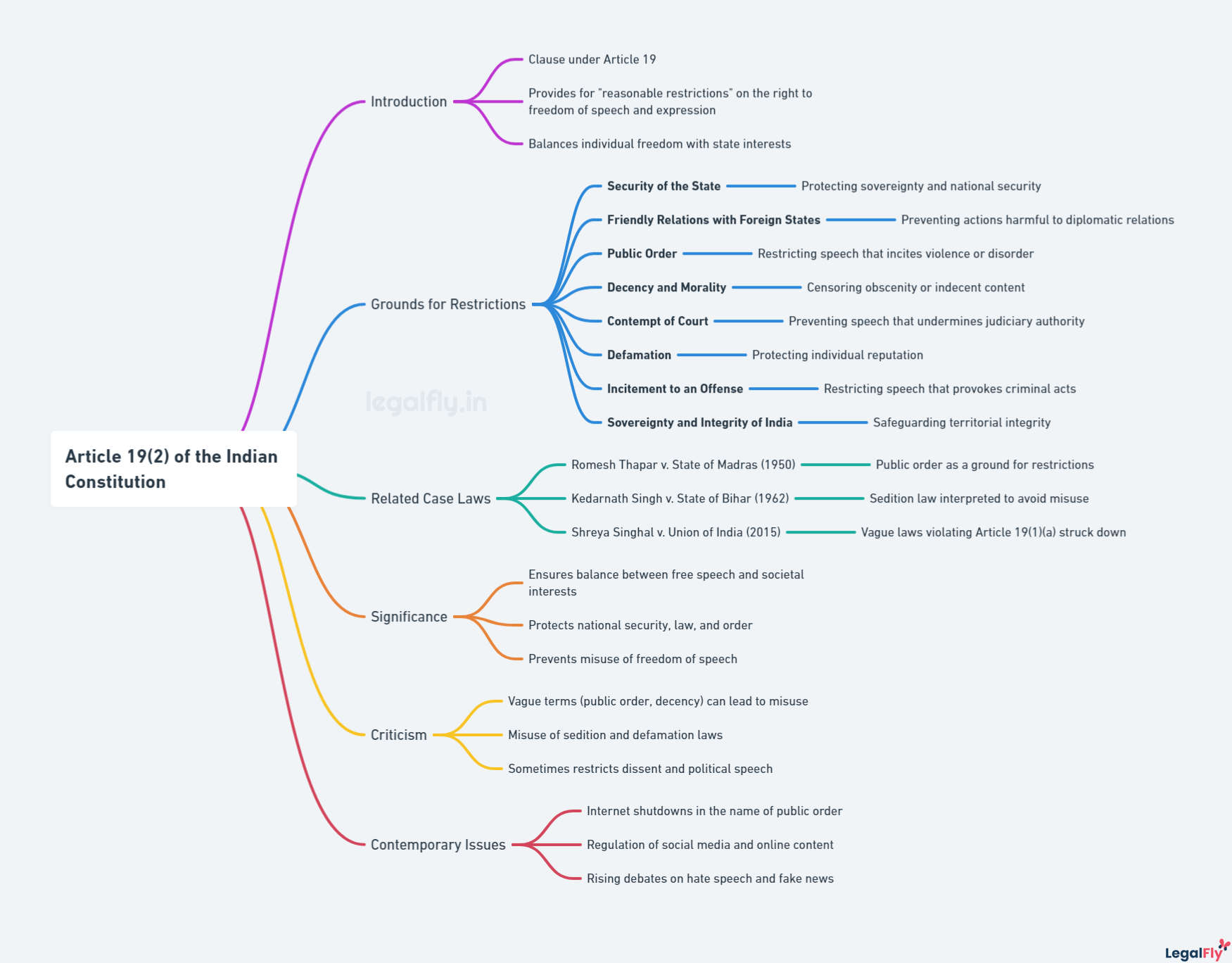
In the Shreya Singhal case, the Court found that Section 66A did not qualify as a reasonable restriction under Article 19(2). The provision’s wording was too vague, leading to its misuse and arbitrary enforcement. It was not explicitly targeted enough to meet any of the criteria listed under Article 19(2).
The ruling highlighted that restrictions on speech must be narrowly defined. Laws must specify clear standards to prevent misuse and protect fundamental rights. Thus, restrictions must be based on tangible and well-drawn criteria that do not arbitrarily infringe on free speech.
The Supreme Court’s Analysis and Judgment
The Supreme Court of India scrutinised Section 66A of the Information Technology Act, 2000. Their judgment addressed the issues of vagueness, overbreadth, constitutional validity, and its influence on sections like 69A and 79.
Vagueness and Overbreadth of Section 66A
The Supreme Court found Section 66A vague and overly broad. The terms used, such as “grossly offensive” and “menacing,” lacked clear definitions, leading to inconsistent enforcement and interpretation.
Citizens could not reasonably foresee what constituted an offence under the law.
This uncertainty threatened the principles of free speech because people might avoid lawful expression, fearing prosecution. The Court emphasised that laws must be precise to prevent arbitrary enforcement. The broad language of Section 66A allowed authorities to misuse it, suppressing fair comments, criticism, and dissent. Thus, the Court ruled that vagueness and overbreadth rendered the section constitutionally invalid.
The Ruling on Constitutional Validity
The Supreme Court declared Section 66A unconstitutional. The primary reason was its inconsistency with Article 19(1)(a) of the Constitution, guaranteeing freedom of speech and expression. The section failed the “reasonable restrictions” test under Article 19(2).
It did not have adequate safeguards to prevent abuse.
The Court noted that criticism and dissent are essential aspects of democracy and must be protected. Section 66A was struck down for violating constitutional guarantees because it did not meet these standards. Thus, this judgment upheld citizens’ rights to express themselves freely and without fear of legal repercussions.
Impact on Other Provisions: Sections 69A and 79
The judgment also addressed Sections 69A and 79 of the Information Technology Act, 2000. Section 69A, which deals with blocking online content, was upheld because it had adequate procedural safeguards.
Section 79, concerning the liabilities of intermediaries, was deemed valid with certain restrictions.
The Court mandated intermediary guidelines to ensure compliance with constitutional concerns. Unlike Section 66A, these sections had more clearly defined terms and built-in safeguards. They stood distinguished from Section 66A due to their specific limitations and procedural checks. This part of the ruling reinforced judicial oversight in technology-related laws.
Implications of the Judgment
The landmark decision in Shreya Singhal v. Union of India has had far-reaching effects on civil liberties and statutory regulations. It notably addressed potential violations of fundamental rights and scrutinised specific legal provisions affecting both the Information Technology Act of 2000 and state laws like the Kerala Police Act.
On Civil Liberties and the Chilling Effect
The judgement significantly strengthened civil liberties, emphasising the importance of freedom of speech and expression. By declaring Section 66A of the Information Technology Act of 2000 unconstitutional, the Court highlighted the misuse of vague and broad terms that could suppress legitimate speech.
The term “grossly offensive” was criticised for being subjective and arbitrary, contributing heavily to a chilling effect, where individuals might refrain from expressing themselves out of fear of legal repercussions. This decision was a significant win for advocates, including the People’s Union for Civil Liberties, who argued that such laws infringed upon fundamental rights.
On Other Statutes: The Kerala Police Act
Beyond Section 66A, the judgement also questioned the constitutional validity of Section 118(d) of the Kerala Police Act. This section, which governed actions deemed to cause “annoyance” or ” inconvenience,” was found to be ambiguous and vague.
By striking down this provision, the judgement set a precedent for other statutes with similarly vague language. This move prompted legislative bodies to re-evaluate and amend laws that could be potentially misused to curb freedom of speech. The decision underscored the necessity for clarity and precision in legal language, ensuring that laws were not weaponised against citizens for expressing their views.
The Broader Context in National and International Law
Shreya Singhal v. Union of India has significant implications both within India and on a global stage. This section explores key comparative aspects of international human rights law and the role of public interest litigation in India.
Comparative Aspects with International Human Rights Law
The judgment in Shreya Singhal v. Union of India is closely aligned with principles enshrined in the Universal Declaration of Human Rights and the International Covenant on Civil and Political Rights (ICCPR). Article 19 of the ICCPR safeguards freedom of expression, similar to Article 19(1)(a) of the Indian Constitution.
The Supreme Court’s decision to invalidate Section 66A of the IT Act, 2000, emphasises that restrictions on speech must be reasonable and not vague or overly broad. This move aligns with international standards that caution against laws arbitrarily infringing individual rights.
The case underscores India’s commitment to upholding universal human rights norms, reinforcing the nation’s role as a democratic state that values freedom of speech and expression.
Role of Public Interest Litigation in India
Public Interest Litigation (PIL) has been a crucial mechanism in India, empowering individuals and civil society to seek judicial intervention in matters of public interest. Article 32 of the Indian Constitution grants citizens the right to approach the Supreme Court for enforcement of fundamental rights.
In Shreya Singhal v. Union of India, the use of PIL allowed ordinary citizens to challenge the constitutional validity of a law that infringed on free speech. This case builds on earlier milestones like Romesh Thappar v. State of Madras, which also defended freedom of expression.
The case demonstrates how judicial review can protect civil liberties by employing PIL, setting a precedent for future legal challenges.
Frequently Asked Questions
What was the Shreya Singhal v. Union of India case about?
Shreya Singhal v. Union of India was a landmark 2015 Supreme Court case challenging the constitutionality of Section 66A of the Information Technology Act, 2000. The case addressed the balance between online free speech and government regulation. It questioned whether Section 66A, which criminalized sending “offensive messages” through online communication services, violated the right to freedom of speech and expression guaranteed by the Indian Constitution.
What was the Supreme Court’s ruling in Shreya Singhal v. Union of India?
The Supreme Court struck down Section 66A of the IT Act as unconstitutional, deeming it vague and overly broad. The Court ruled that Section 66A violated Article 19(1)(a) of the Constitution, which guarantees freedom of speech and expression. The judgment emphasized that restrictions on free speech must be narrowly tailored and that vague laws can have a chilling effect on legitimate speech.
How did Shreya Singhal v. Union of India impact free speech in India?
Shreya Singhal v. Union of India significantly strengthened online free speech protections in India. The ruling affirmed that the Internet is an essential medium for exercising the right to free speech. It set a precedent for scrutinizing laws restricting online expression and emphasized the importance of balancing free speech with legitimate state interests. The judgment is considered a watershed moment for digital rights and has been widely cited in subsequent cases involving online speech and expression.

